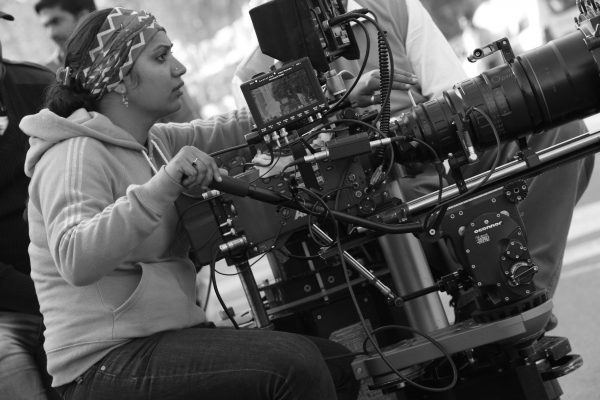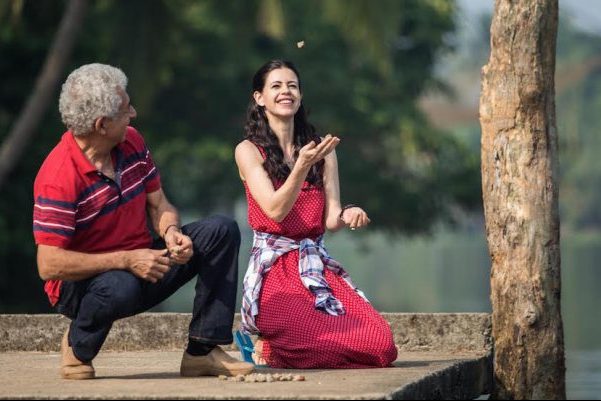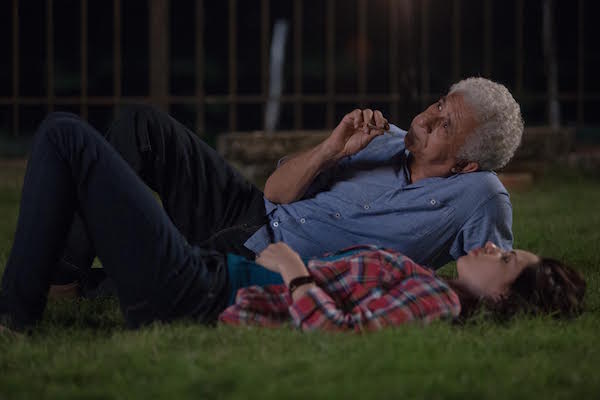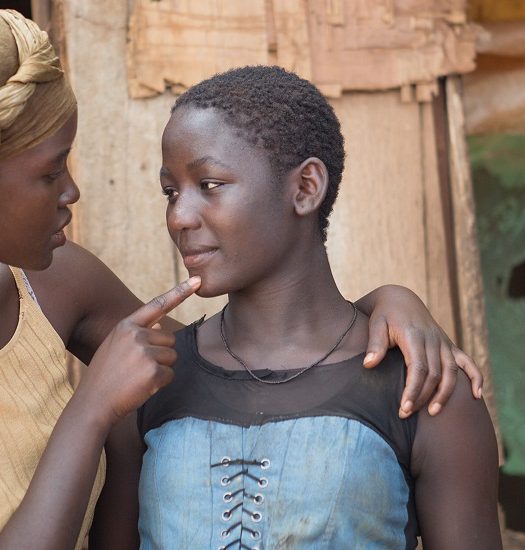Waiting is largely shot from a static viewpoint – Neha
The Kalki Koechlin – Naseeruddin Shah starrer Waiting has been garnering praise from all quarters. The film beautifully captures the emotional journey of two strangers set against the backdrop of the backwaters of Kerala. We caught up with the talent behind the camera, Cinematographer Neha Parti Matiyani to know more about her journey with director Anu Menon to realize the latter’s vision and ensure that the story through the lens is real, beautiful and clearly communicates the emotions of the characters.

Neha Parti Matiyani
What was it about the film that excited you?
Waiting came at a time when I was looking at doing something different as I have majorly done commercial cinema. The script got me interested and I got on board.
Anu Menon has said that the film is based on her personal experiences. How closely did you’ll interact to realize her vision for the film?
Before getting into production for any film I spend a lot of time with the director to understand their vision as my research for references is based on it. We then reach a ground where we both agree on how we want the visuals, whether we want it to have a staccato and still kind of a feeling, or we want it to be fluid and flowing. Those are the decisions you take as you go by for your recces and tech recces. We spent enough time before the film and were living together through the film. And through the entire course of it, I understood what she wanted and I really hope that I have been able to realize what she had envisioned.
READ: WAITING IS BASED ON A PERSONAL EXPERIENCE – ANU MENON
How would you describe Anu as a director?
She was very clear about what she wanted, also because she had written the story herself. She was sure about what she wanted her actors to do and how she wanted the film to look.
So did you go about referencing yourself or were specific references given to you?
Whether it is Anu or any other director, when they are writing the story or are simply involved with the story, they have a visual image all throughout. So they have a certain set of references. Post that I independently do my referencing based on how I see the film. We then put these references together to see where we want them to go. Sometimes what I find is exactly what they want, while sometimes what they have chosen is probably better and we go with that. It’s different permutations and combinations every time.
For this film, I came on really late, so we primarily had just one week together in physical presence as she stays in London and I am in Mumbai. But we had a lot of video chats to decide the look of the film.

Still from Waiting
What locations did you choose to shoot in? Was it more of an indoor or outdoor shoot?
The film is primarily based in a hospital so we were mostly indoors. We were shooting inside a real location in a hospital.The rest of the time we wanted to explore the city and have made it another character in the film. Around 60-65% of the film is shot indoors and the rest is outdoors.
What camera and lenses were used for shooting? Also what determined your choice of camera?
I shot this film on a Sony F65. It was the first time that I used Sony, else I generally use the ARRI Alexa. I got great reviews of this camera, and thought that it would work perfectly for this film as we were working on a tight budget. Obviously our light package was also limited and we were shooting in real locations. So I did a few tests and saw that this works well for me even when I shoot in low light or for places that I wasn’t going to light up at all. That’s what I based my decision on.
The F65 is one of the sharper cameras, hence I chose to go with Ultra Primes lenses, because had I gone with Master Primes the image would have looked too digital. Ultra Primes are not as sharp as Master Primes, and so it evens out the effect.
Was the camera work essentially handheld or stable?
There is very less movement in the film. There are a few scenes where there is conflict for which we went handheld; otherwise we were mostly static. The actors are in a very stuck up space (in the story) and so we didn’t want to give it fluidity. So it was largely shot from a static viewpoint.
READ: KALKI WAS MY FIRST AND ONLY CHOICE FOR WAITING
And do you choose the kind of lighting to be employed for a scene?
I didn’t want to light this film much. I wanted to make it look like the real space and didn’t try to make it glossy. So it was low lit. Our treatment was essentially with color where we kept the hospital cool and other spaces like Naseeruddin (Shah)’s house warm. The color palette evolved to a warm tone when they are with people they love but when in the hospital, it was cool.
I have used light outdoors only when the background is so bright that I needed to light up the faces of my actors, otherwise I haven’t used light outdoors and have tried to work with natural sources.

Still from Waiting
In terms of shots, are there more wides, mids or close ups? What determined your choice?
It wasn’t a conscious decision that was made earlier but when I look back at the film, there were a lot of close-ups. This was mainly to show the inner turmoil of the characters. We have primarily done a lot of mids and closes, while wides were essentially to establish the setting and location.
READ: HUMPTY SHARMA KI DULHANIA IS A FEEL GOOD FILM THAT IS CLOSE TO REALITY – NEHA PARTI
What kind of interaction takes place between you and the actors?
Something that worked really well for us was that we would land up on location every morning and would always play out the scene and see where do they (the actors) want to take it. Because sometimes the director perceives the scene in one way and I perceive it in another way in terms of lighting or angles and at the end of the day it’s the emotions that matter the most in the film. So we would ask the actors to play out the scene as per their emotional graph in the film. Once I understood how they wanted to move I would see how I could add something to it; I didn’t want to hinder their performances in any way. So we went with the flow.
Having worked with directors like Nupur Asthana, Shashank Khetan, Sangeet Shivan and now Anu Menon, how do you mold your skills to the requirements from each director?
I’ve shared a great rapport with all the directors that I have worked with. I like to function in a way that involves spending a lot of time together going over the script and the imagery. And then do a few tests before we go in to get the look. That’s how I like to work.
Tell us about your team for the film.
I had my associate cinematographer Vidushi, and two interns including a local from Kerala who could deal with the light boys from there. It wasn’t a team I work with regularly. I have a fixed team in Mumbai but because the film was based out of Cochin, it was a new team for me except for my associate.



